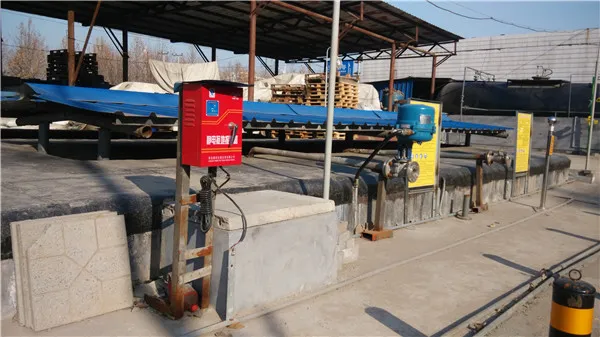Antifoam Enhancing Water Treatment Processes
Water treatment is a crucial aspect of modern environmental management, ensuring that water is clean, safe, and suitable for various uses, from drinking to industrial applications. A lesser-known but significant component of effective water treatment processes is the use of antifoam agents. These substances play a vital role in controlling foam formation, thereby enhancing the efficiency and effectiveness of water treatment systems.
Antifoam Enhancing Water Treatment Processes
Antifoam agents, also known as defoamers or foam control agents, are chemical additives specifically designed to disrupt the formation of foam. These agents function by reducing the surface tension of the liquid, allowing air bubbles to coalesce and rise rapidly, which breaks down the foam structure. Common types of antifoam agents include silicone-based compounds, oils, and fatty acid esters, each with its unique properties and applications.
antifoam water treatment

One of the primary benefits of incorporating antifoam agents into water treatment processes is improved operational efficiency. By minimizing foam, these agents help maintain optimal conditions for biological treatment processes, enabling microorganisms to perform effectively. This is particularly important in activated sludge systems, where excessive foam can hinder the sedimentation of biomass, leading to inefficiencies in the treatment process.
Additionally, the use of antifoam in water treatment can lead to significant cost savings. Reduced foam formation means less downtime for maintenance and cleaning, ultimately translating to lower operational costs. Furthermore, foam can cause spills and overflows, leading to potential environmental hazards. By effectively managing foam, facilities can mitigate these risks and enhance their environmental compliance.
When selecting an antifoam agent for a specific water treatment application, several factors must be considered. The agent's compatibility with the wastewater composition, environmental regulations, and potential impacts on treated water quality are critical. It is essential to choose a product that aligns with both operational goals and sustainability practices. Non-toxic and biodegradable antifoam agents are increasingly popular as they minimize the ecological footprint of water treatment processes.
In conclusion, antifoam agents are indispensable tools in the water treatment industry. They address the challenges posed by foam formation, promoting operational efficiency, reducing costs, and enhancing environmental compliance. As water treatment technologies continue to evolve, the development and application of effective antifoam agents will remain a critical component in the quest for cleaner, safer water. Addressing foam-related challenges not only enhances the performance of treatment systems but also contributes to the overall sustainability of water resource management.

